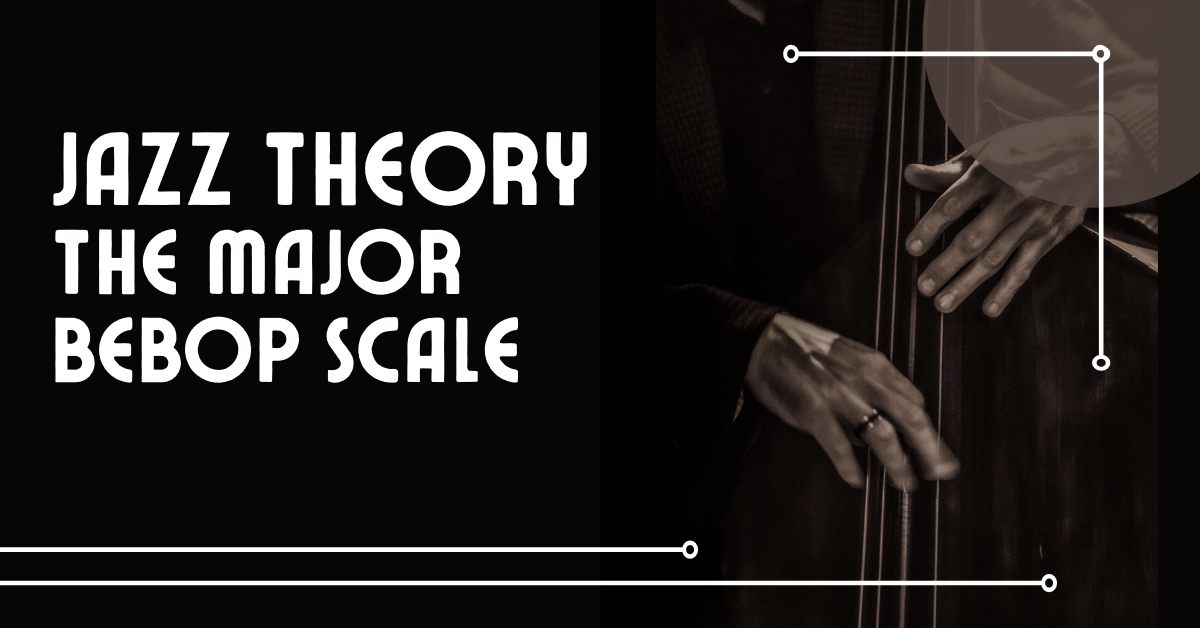Jazz Theory - The Major Bebop Scale

Jazz theory is not a separate subject area from music theory, although many people think that music theory and jazz theory require separate forms of study. Take it from someone who has attended many music theory and jazz theory classes at the university level - it's all the same stuff. So why, then, is jazz theory even called "jazz theory"? Why not just call it all "music theory"? Well, the truth is that jazz theory generally focuses on a particular set of music theory topics that are common among jazz musicians. And jazz players have their own lingo, so sometimes the terminology in a jazz theory class is a bit different, too. In the end, jazz theory IS music theory. Here, we'll discuss a very powerful scale used commonly in jazz theory circles - the major bebop scale.
Jazz Theory - What is the Major Bebop Scale?
The major bebop scale is an 8-note scale. It is simply a major scale (which contains 7 notes) with an addition note inserted, a half-step between the 5th and 6th scale degree. Below is a C major bebop scale. Notice the half-step (the G#) between the 5th (G) and 6th (A) scale degrees.

Jazz Theory - Why Is the Major Bebop Scale Important?
The great thing about the major bebop scale is that it uses the most common and most powerful chord progression in music - the "V to I" resolution. In fact, it has the "V to I" progression built into the scale.
Here's how it works: In the key of C major we're going to treat the 'I' chord as a 'C major 6' chord, and the 'V7' chord as a G7 flat-9 chord.

It's true that the 'G7 flat-9' chord does not have a 'G' in it. It looks more like a 'B diminished 7th' chord. But this chord functions as a 'G7 flat-9' chord. Simply play a 'G' under this chord and you can clearly see that the notes used represent the 3rd (B), 5th (D), 7th (F), and flat-9th (Ab).
Here's how to use this powerful scale: Whenever we encounter a 'C, E, G, or A' we will harmonize that note as a C major 6th chord. Whenever we encounter a 'B, D, F, or Ab' we will harmonize that note as a G7 flat-9 chord.
Applying that idea to the entire scale we get this:

Remember that "V to I" is the strongest resolution in music. Now, notice what we have created - a major scale that moves in constant "V to I" resolutions!
Jazz Theory - How to Use The Major Bebop Scale
Perhaps you enjoy writing or arranging music. The major bebop scale is an excellent harmonic device, giving you a quick and easy way to harmonize a melody with rich, dense voicings.
Take a quick peek at how this might be applied to Duke Ellington's "Don't Get Around Much Anymore" (below). The song is in C major, and the melody uses notes right from the C major scale. We harmonized this short excerpt using the major bebop scale, and doubling the melody an octave lower with the left hand.
